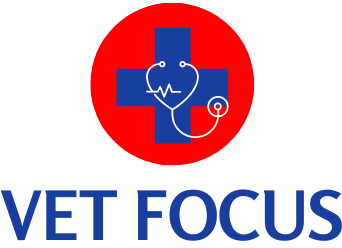Brucellosis is a contagious bacterial infection affecting cattle and various other livestock. It is caused by several Brucella species and poses a significant threat to both animal health and public health. Here, we'll delve into Brucellosis in cows, exploring its key aspects without using bullet points.
Causative Agent: Brucellosis in cows is primarily caused by Brucella abortus, although other Brucella species can also infect cattle. This bacterium is responsible for the characteristic symptoms observed in infected cows.

Transmission: Brucellosis is typically transmitted through direct contact with infected animals, ingestion of contaminated feed or water, and occasionally through aerosols. Infected cows can shed the bacteria in their milk, placental tissues, and uterine discharges, making these routes of transmission particularly significant.

Clinical Signs: Infected cows may exhibit a range of clinical signs, including:
- Reproductive issues, such as abortion, stillbirths, and infertility.
- Swollen and painful udders (mastitis).
- Reduced milk production.
- Fever, lethargy, and weight loss.
- Joint and muscle pain.

Public Health Concerns: Brucellosis is considered a zoonotic disease, meaning it can be transmitted from animals to humans. People can contract the disease through contact with infected animals or consumption of unpasteurized dairy products. Human brucellosis can cause flu-like symptoms, joint pain, and severe complications if left untreated.
Control Measures: To prevent and control Brucellosis in cows, several measures are employed:
- Vaccination: Vaccines are available to protect cattle from Brucella abortus.
- Testing and Surveillance: Regular testing and monitoring of cattle herds are crucial to identify and isolate infected animals.
- Quarantine and Culling: Infected cows and herds may be quarantined and, in severe cases, culled to prevent the spread of the disease.
- Pasteurization: Properly pasteurizing milk and dairy products can eliminate the risk of human infection.
Economic Impact: Brucellosis can have a significant economic impact on the cattle industry due to reduced reproductive efficiency and trade restrictions imposed on infected herds. Control programs are essential to mitigate these economic losses.
Global Distribution: Brucellosis is a worldwide issue, with varying prevalence in different regions. It often thrives in areas with inadequate veterinary infrastructure and poor livestock management practices.
Prevention and Education: Education and awareness programs are critical to informing farmers and the public about the risks of Brucellosis and the importance of prevention measures. Proper hygiene, biosecurity, and vaccination play essential roles in prevention.
Brucellosis in cows is a complex and multifaceted issue that impacts both animal and human health. Effective control measures, early detection, and public health awareness are key in managing and preventing the spread of this disease.
For additional recommendations and guidance about veterinary science as well as practice, Kindly visit our website thevetfocus.com
Also explore Vet Focus's "Vet School Bundle", which includes Veterinary Pharmacology, Equine Health, and Diseases and Conditions. This study resource helps you to equip with the essential topics in the field of veterinary medicine."

